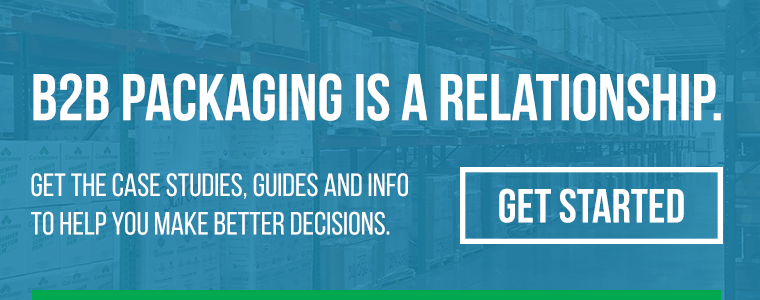How much can packaging automation save?
The answer: A LOT.
In this case study, we're looking at a frozen food producer. They use too many employees to fill their frozen packs when they should be using automated equipment. The cost of labor and slow production speed is costing the company and they needed a quick fix.
This company produces single-serve and family-sized food packages. These frozen foods are for sale nationwide at grocery stores, membership warehouse clubs, convenience stores, and food service operations. They also package some private-label brands and food service products. Packaging is done at its 119,000-sq-ft facility on five packaging lines.
Labor costs are too high and production is too slow. In the past, this facility was manually filling the frozen packs and using a dozen employees to do so.

“Automating [the bagging process has] also reduced the cost of film because we no longer have to have the film converted into a pre-made bag. Instead, we use rollstock film, which is a more economic way to go. Automatic bagging has also allowed us to make use of a scale to improve our weighing accuracy and reduce giveaway.”
 IPS Packaging did a packaging audit and delivered results. We showed them the need for auto-bagging equipment. Much of the savings come from reduced labor. “The labor-savings are dramatic,” he revealed. “When we look at the fact that we’ve virtually doubled our speeds from manual packing, with fewer people, we have realized a 65% reduction in labor costs.”
IPS Packaging did a packaging audit and delivered results. We showed them the need for auto-bagging equipment. Much of the savings come from reduced labor. “The labor-savings are dramatic,” he revealed. “When we look at the fact that we’ve virtually doubled our speeds from manual packing, with fewer people, we have realized a 65% reduction in labor costs.”
The fact that they saved money AND doubled their production: win-win. We're here to help you and show you how much you could be saving. We find opportunities where others see obstacles.
What else can you expect by automating the bagging process of your operation? In some occasions:





